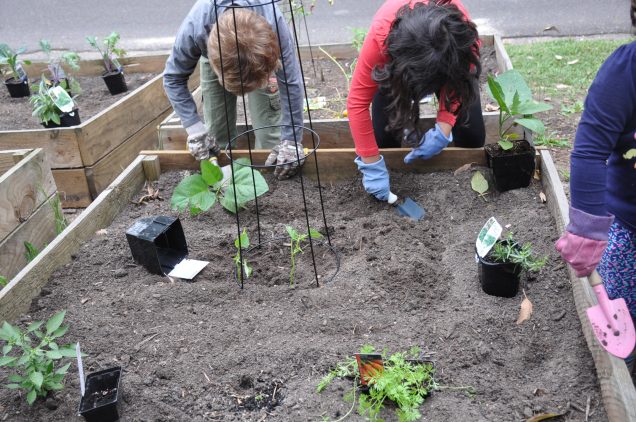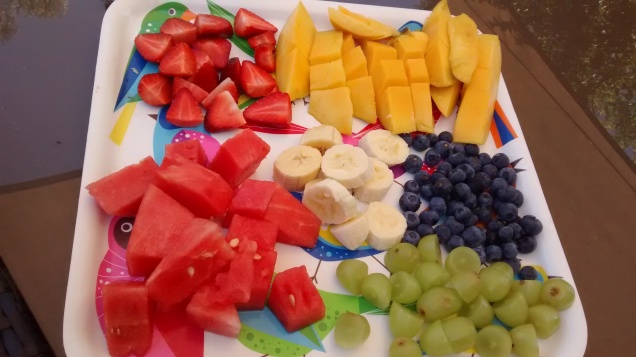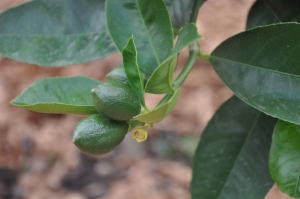
Another year has flown and what a year! Highs, lows, fun times, not so fun times. For me, 2017 has been a time where I’ve focussed on my career and family. My youngest daughter has started pre-school and while she loves it, it’s taken a little one for this spirited one to settle into the new routine of her Montessori pre-school.
2017 was also the year where my middle daughter started ‘big’ school. Going from Montessori to a public primary school was quite easy for her and she’s thrived and done very well. She’s one of those kids that loves to learn anyway – which is lucky.
For my son, 2017 has been a year of cementing friendships and perfecting the art of lego making! With his two closest friends moving to another school and overseas, the next year is going to bring lots of changes for him.
For me, I’ve managed to do a few things that have been on my ‘to do’ list for a long time – getting chickens and continuing my gardening around the house. Work has rewarding with me having completed some great projects and made wonderful friends. The year ends however with me saying farewell to my previous job and welcoming another one.
As the year ends however, I like to work with my children to give family something home-made, from the heart and special for Christmas. This year, I decided on home-made granola! I like it because it’s simple to make and you can be creative with it. It also went down a treat!
Here is what you need:
- Jars
- Nice ribbon
- 5 cups of rolled oats – this is the base
- 1 ½ cup puffed corn
- 1 ½ cup rice bran
- ½ cups goji berries
- ¼ cups cacao nibs
- 1 cup shredded coconut
- ½ cup sunflower seeds
- ½ cups pumpkin seeds
- ½ cups pecan nuts
- 125 ml Maple syrup
- ½ cup coconut oil melted
- 1 tbsp cinnamon
- 1 tbsp nutmeg
- Pinch of salt
Method:

- Pre-heat the oven to 160° C
- Cover baking tray with non-stick baking paper
- Mix all the ingredients except the goji berries and puffed corn.
- Add the maple syrup and coconut oil and mix through.
- Spread on a baking tray and put in the oven
- Once it’s starting to look golden – add the puffed corn (this is so that the puffed corn will be crispy, but not burnt)
- Depending on how you like it, you can leave it a little longer (it should take about 20 minutes all up) until it is more toasted
- Removed from the oven and mix through the goji berries. Set aside to cool.
- Once cool add to jars and decorate as you please.

Enjoy – nooshejan!
May you have a peaceful, healthy and prosperous 2018 full of love and joy.































